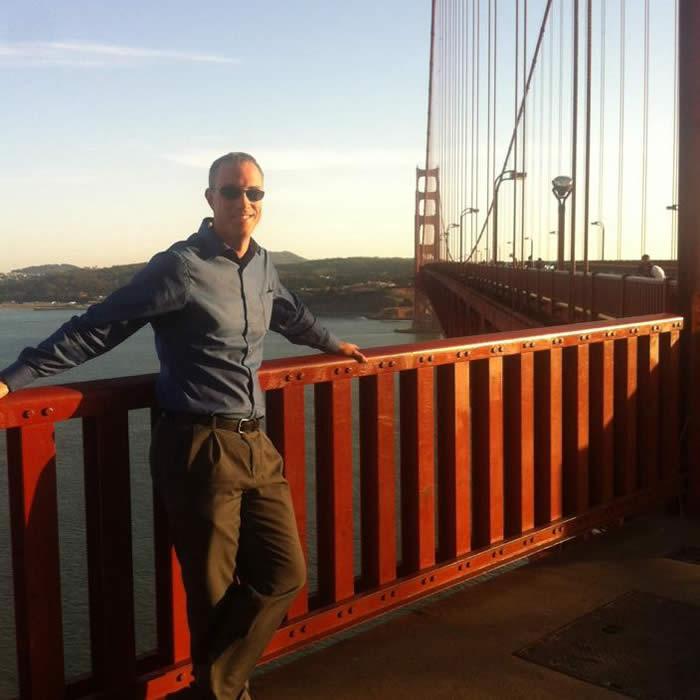Alumni News
Using Science to Better our Communities
Jarrod Dalton, 2003 Great Lakes Summer Fellow
.
 Jarrod Dalton proves that where you start in your career is not necessarily where you will end up. Dr. Dalton worked as a Summer Fellow in 2003 at CIGLR, then “CILER,” working to understand how best to measure sea surface temperatures. In his own words, – “scratching my atmospheric/bathymetric sciences itch even though that wasn’t specifically the career path I ended up choosing.” However, his career still carries common threads with his work as a CIGLR summer fellow.
Jarrod Dalton proves that where you start in your career is not necessarily where you will end up. Dr. Dalton worked as a Summer Fellow in 2003 at CIGLR, then “CILER,” working to understand how best to measure sea surface temperatures. In his own words, – “scratching my atmospheric/bathymetric sciences itch even though that wasn’t specifically the career path I ended up choosing.” However, his career still carries common threads with his work as a CIGLR summer fellow.
As the director of Cleveland Clinic’s Center for Populations Health Research and a leader of a regional research collaboration with MetroHealth System in Cleveland, Dr. Dalton uses statistical tools to monitor neighborhood-level and population-level risk factors for cardiovascular health, dementia, and other chronic conditions. In a paper published in 2017, Dr. Dalton and his team studied the relationship between neighborhood disadvantage and the risk of cardiovascular disease, proving that a popular tool, the Pooled Cohort Equations Risk Model (PCERM) of the American College of Cardiology and American Heart Association, often overlooked cardiovascular risk in patients from disadvantaged communities. In another paper, his team applied electronic health records to describe the common disease burden of the region’s population of people experiencing homelessness, paving the way for intervention with these often-overlooked communities.
Through his relationship with MetroHealth, Dr. Dalton helped form an EHR database of more than 2.4 million unique patients. The Northeast Ohio Cohort for Atherosclerotic Risk Estimation (NEOCARE) registry, a vital tool for doctors across Cleveland, took several years to assemble and includes more than two decades of patient information spanning across all neighborhoods in Northeast Ohio. His team’s associated work has advanced the use of spatial analysis techniques in understanding racial, ethnic and neighborhood socioeconomic differences when assessing patient risk.
“Collaboration is critical for this type of large-scale data analysis to benefit communities,” said Dr. Dalton. “NEOCARE looks to demonstrate how institutions working together across regions can produce insights that inform public health initiatives and decision-making.”
In another crucial study, Dr. Dalton, along with fellow researchers at the Cleveland Clinic, used simulations to determine the patient risk of developing severe complications while waiting for a lung transplant. If a new model could be developed that takes into account these potential complications, sicker patients in greater need of a transplant could be prioritized.
“We showed that deaths on the waiting list could be decreased through making sure that patients who are getting sicker are actually prioritized at an earlier point in time,” said Dr. Dalton. “This type of research creates models that reflect the reality of what patients are facing and ensures that we’re correctly making these life-saving decisions.”
